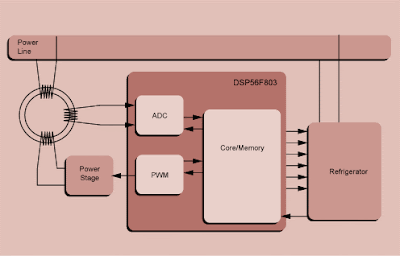The PLC: New Technology power link

What is a PLC?
Programmable Logic Controllers (PLC) continue to evolve as new technologies are added to their capabilities. The PLC started out as a replacement for banks of relays. Gradually, various math and logic manipulation functions were added. Today they are the brains of the vast majority of automation, processes and special machines. PLCs now incorporate smaller cases, faster CPUs, networking and various internet technologies.
-
Scan the bar code.
-
Send the data to the PC.
-
PC decodes the bar code.
-
PC looks up the resulting information from the database.
-
Move the data to the PC communications port.
-
Send the information to the PLC across a serial communication connection.
-
Move the data from the PLC communications buffer to the PLC program memory and use it (in some cases).
Using a PLC with an internal relational database reduces this to four steps:
-
Scan the bar code.
-
Send the data to the PLC.
-
PLC decodes the bar code.
-
PLC looks up the resulting information from the internal relational database and use it.
Using a PLC with an internal relational database eliminates the weak link of the communications from the PC to the PLC. A PC will usually perform the database lookup faster than a PLC. However, moving the data from the PC database across a serial network connection (usually limited to 19.2k baud) rate is much slower that a PLC that can retrieve usable data in one scan of the control program.
With this sorting conveyor example the first cost savings is reduced computer hardware by eliminating the PC with the database and the database software. A second savings is realized by eliminating the integration time required to get the PC and the PLC communicating. Another cost savings is from the lack of needing the Information Technology department to continuously maintain, backup and upgrade the PC.
There are many different applications that a PLC with an internal relational database can control in a more cost effective way for both the Integrator as well as the End User. Manufacturing machines and processes that assemble product based on recipes or build multiple products on the same machine are all good candidates for this technology. Also, projects that require setting “environment variables” for configuration of a machine or custom written instructions and drivers as well as fast keyed look ups for control values would find the power of a internal relational database especially useful.